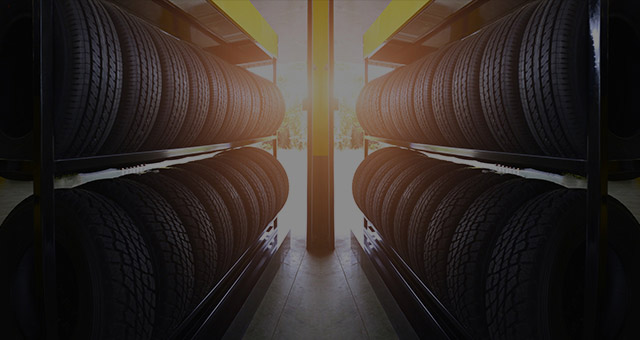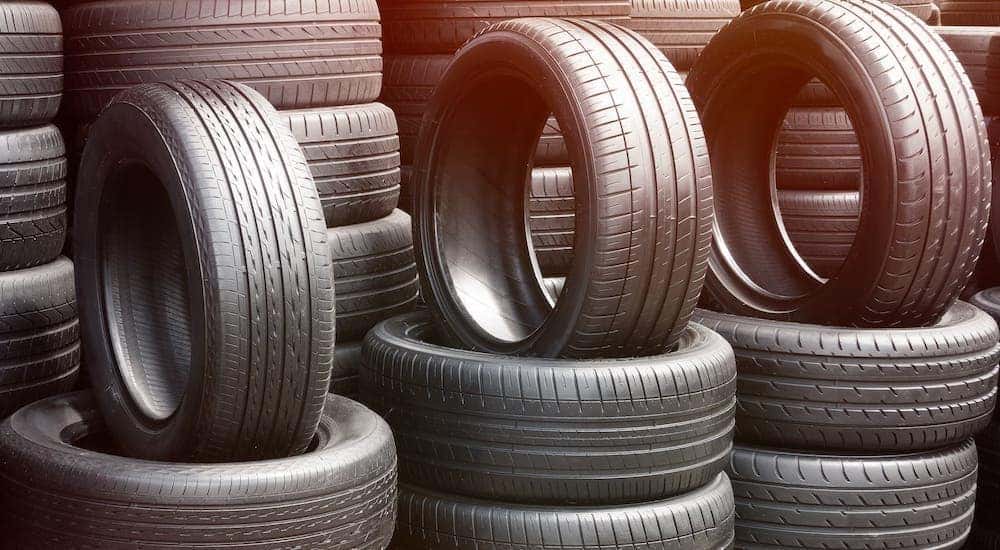Discover the very best Tires Morris IL: Considerable Option Readily Available
Discover the very best Tires Morris IL: Considerable Option Readily Available
Blog Article
Tire Solution: Comprehending Tire Stress Tracking Equipments
Comprehending Tire Pressure Tracking Systems (TPMS) is a critical aspect of keeping optimal lorry performance and security on the road. With advancements in automobile modern technology, TPMS has actually become a typical feature in contemporary lorries, providing real-time info on tire stress degrees.

Relevance of TPMS
The importance of Tire Pressure Tracking Equipments (TPMS) hinges on their capability to boost vehicle security and performance via real-time monitoring of tire pressure degrees. Keeping the appropriate tire stress is crucial for making certain optimal handling, braking, and total safety of a car. TPMS gives chauffeurs with prompt feedback on any overinflated or underinflated tires, permitting prompt adjustments to be made.
Parts of TPMS
Sensors are commonly situated in the tire valve stem or attached to the wheel assembly, where they determine tire stress and send information to the control component. Some advanced TPMS models also display the real tire stress analyses for each tire, supplying vehicle drivers with real-time information to make certain optimum tire performance and safety and security. By keeping track of tire pressure continuously, TPMS helps prevent accidents, reduces tire wear, and boosts gas performance, making it a crucial part for lorry safety and security and efficiency. tires morris il.
Sorts Of TPMS

On the other hand, indirect TPMS depends on the vehicle's wheel rate sensing units to keep track of tire pressure. This system identifies underinflation by contrasting the rotational rates of the wheels. Indirect TPMS is much less expensive than direct TPMS, as it uses existing sensors within the vehicle.
While straight TPMS supplies much more exact readings, indirect TPMS is easier in layout and normally needs less maintenance. Both systems have their restrictions and benefits, and the choice between them usually depends upon variables such as cost, automobile make, and individual choice. Understanding the differences in between these two sorts of TPMS can assist vehicle owners make educated decisions pertaining to tire maintenance and safety and security.
TPMS Upkeep Tips
Conduct routine checks on the tire stress levels and contrast them with the TPMS readings to guarantee they are constant. Throughout tire turning or replacement, make certain that the TPMS components are taken care of meticulously to avoid any kind of potential damages. If the TPMS cautioning light brightens on the dashboard, attend to the issue immediately by checking the tire pressures and the total system for any type of mistakes.
Benefits of Correct Tire Pressure
Keeping proper tire stress, as emphasized in TPMS Upkeep Tips, is important for gaining the many benefits connected with ideal tire stress levels. Among the key check these guys out advantages of maintaining the proper tire pressure is enhanced gas effectiveness. When tires are appropriately inflated, there is less moving resistance, resulting in better fuel economic situation. In addition, correct tire stress makes certain also tire wear, extending the life-span of the tires and advertising much safer driving conditions. With the appropriate tire stress, vehicles likewise have much better handling and traction, especially in unfavorable weather condition conditions. This can enhance overall driving performance and security for the motorist and guests. In addition, keeping optimum tire stress can add to a smoother and extra comfy adventure by reducing vibrations and sound triggered by underinflated tires. In verdict, the advantages of appropriate tire pressure go past just tire durability; they include boosted gas performance, improved security, better car performance, and overall driving comfort.
Conclusion
To conclude, understanding tire stress surveillance systems (TPMS) is critical for maintaining optimal tire stress and guaranteeing vehicle safety and security. By identifying the relevance of TPMS, recognizing with its elements, knowing the various kinds offered, sticking to proper upkeep tips, and recognizing the advantages of maintaining correct tire pressure, vehicle drivers can improve their driving experience and lengthen the lifespan of their tires. Correct tire stress is key to reliable and safe lorry go now operation.

Report this page